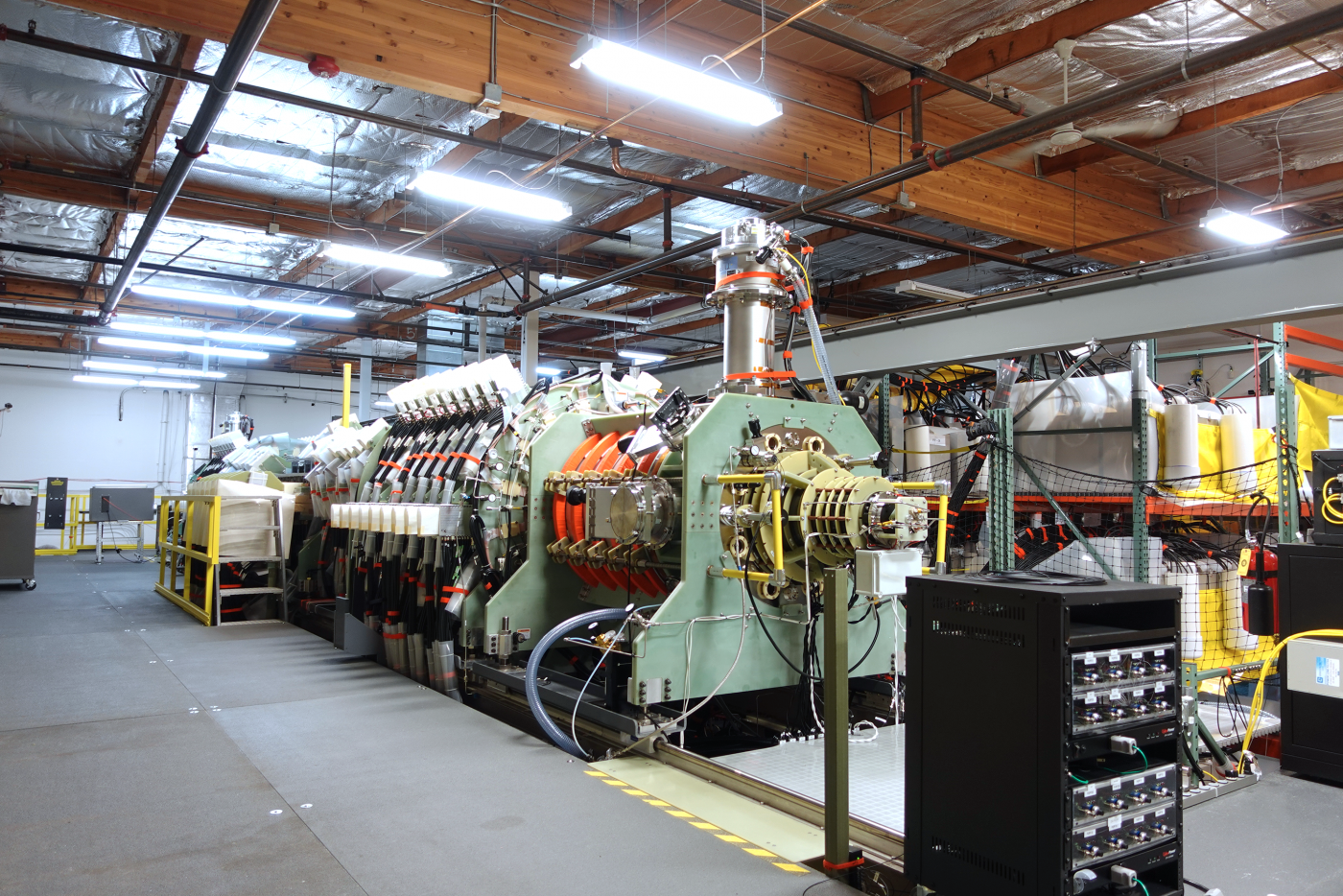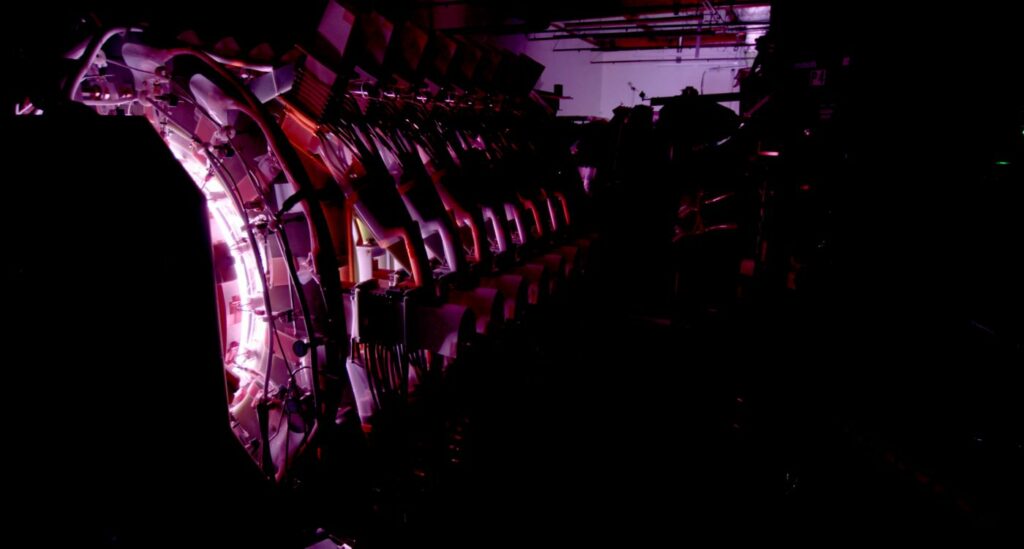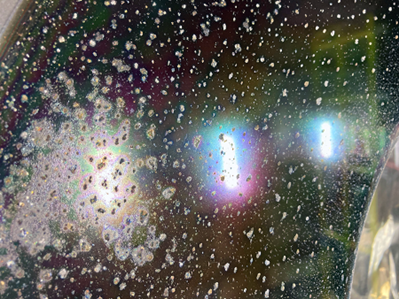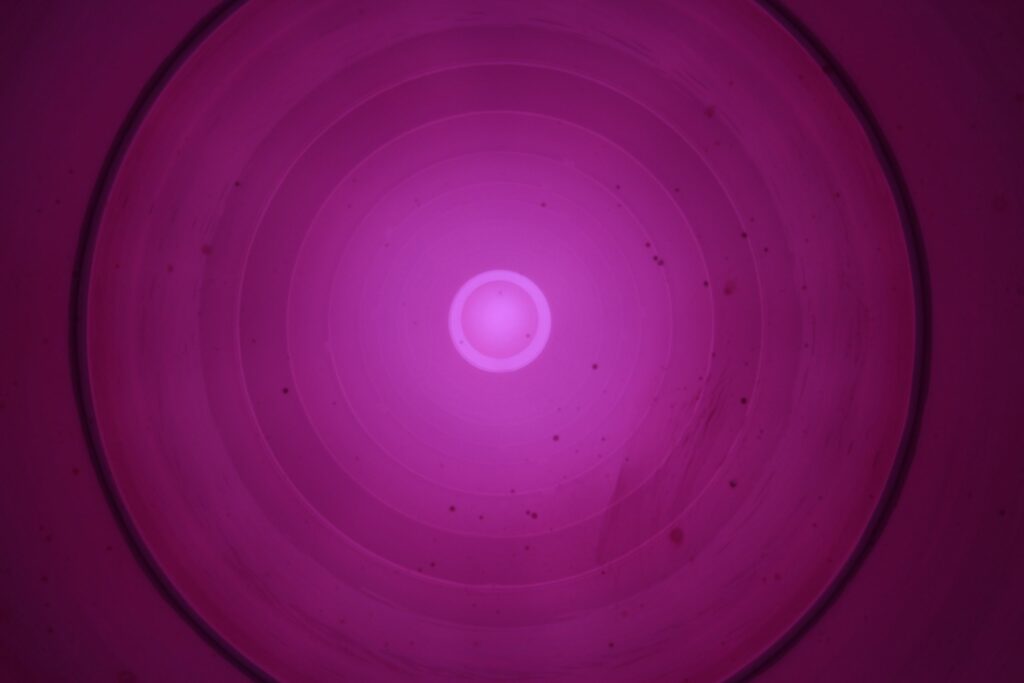Trenta's final fusion test campaign
Before its final operations, we are sharing this groundbreaking fusion device with the world for the first time

In 2023, we will end operations on Trenta, our 6th fusion prototype. Our team is now undergoing Trenta’s last-ever fusion test campaign. For two years, our scientists and engineers have carried out rigorous research to test the capabilities of this fusion machine. Our results suggest that Trenta is currently the best performing privately-funded fusion machine in the world. After these last weeks of plasma operations under vacuum, we will retire Trenta and move all focus to Polaris, our 7th fusion prototype, expected to demonstrate net electricity in 2024.
Before we transition all hands to Polaris, we wanted to share Trenta with the world for the first time. To do that, we gave exclusive video access to the team at Real Engineering so they could share their own first-hand experience with Trenta. Their Helion onsite video is scheduled for release on YouTube this weekend, and you can watch Part 1, explaining some fusion fundamentals, now.
Trenta is a groundbreaking device that has demonstrated the commercial viability of Helion’s technical approach to fusion. Not only was Trenta able to produce commercially-relevant fusion conditions, it did so in a way that can directly recapture energy in the form of electricity. Trenta’s results give us confidence that Polaris’ design will be able to demonstrate net electricity from fusion for the first time.
Results from Trenta include:
100-million-degree plasma temperatures
In 2021, we announced that Trenta merged and compressed high-Beta Field Reversed Configuration (FRC) deuterium plasmas to fusion conditions, reaching 9 keV (< 100 million degrees Celsius) total bulk plasma temperatures with operation above 8 keV ion temperature and 1 keV electron temperatures. An extensive library of diagnostics confirmed extended and repeatable FRC operation at thermonuclear fusion conditions.

Trenta while operating
These results demonstrate that Trenta didn’t just do fusion; even more, it met the threshold required for commercially viable energy production from fusion. Our team is proud to be the first privately-funded organization to meet this threshold.
16 months continuous operations
Additionally, in 2021, we announced that Trenta completed a 16-month testing campaign, remaining under vacuum continuously with all fusion and diagnostic operations and system upgrades completed remotely. During this period, extensive MJ-class discharges were completed, including merging and compression of high-Beta Field Reversed Configuration (FRC) deuterium plasmas to thermonuclear fusion conditions with associated fusion product fluences.
Keeping Trenta under vacuum for nearly a year and a half demonstrated the reliability of our system to withstand thousands of fusion pulses without breaking down. After coming up from vacuum, we had the opportunity to see and evaluate the effects of our high energy plasmas on Trenta’s hardware. After Trenta’s upcoming final plasma operations, we will continue to examine the materials and shielding that surrounded and supported thousands of high-power pulses over the last two years.

Deposition seen on the Trenta Mark 1 divertor wall after 16 months under vacuum
These two results are what allowed us to raise an additional $500 million in November 2021, enabling us to start building Polaris and designing the commercial fusion generator to follow (including the needed in-house mass manufacturing capabilities).
Bulk deuterium-helium-3 fusion
Beyond temperature and operational milestones, Trenta had many other fusion firsts. One of which is bulk deuterium-helium-3 fusion. In 2021, we operated Trenta with the intended fuels for our commercial systems and saw evidence of bulk deuterium-helium-3 fusion.
While our generators are designed to run with any fusion fuel cycles, deuterium-helium-3 is our preferred fuel cycle due to its benefits related to engineering simplicity. Seeing evidence of bulk deuterium-helium-3 fusion was a simple check that our system still operates the way we expect when new fuels are introduced.

Fusion plasma seen in Trenta
Trenta has shown phenomenal results and we are incredibly proud of its progress and achievements over the last two years. Listed above is just a small sample of the many results from our 6th fusion prototype. As always for us, we’re taking what worked and removing what didn’t to go build our next fusion machines.
Because of the results from Trenta, we know how to build the machines that will produce net electricity from fusion – not in 30 years, but much sooner.
Moving forward: Polaris
Now our team is focusing entirely on Polaris, which we expect to demonstrate net electricity from fusion in 2024. Progress has been well underway for the past year and we’re starting to see our builds come together. It’s an exciting time to be at Helion, and we have several open positions. If you’re interested in joining the team, apply now.
As we build Polaris, our intention is to bring you on the journey with us, so we can all celebrate as we build the world’s first fusion electricity generator.
Let’s keep moving forward,
Helion
Sign up for our newsletter and follow us on LinkedIn, X, and Instagram to keep up with our latest achievements.